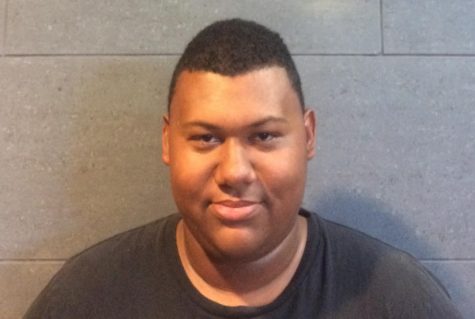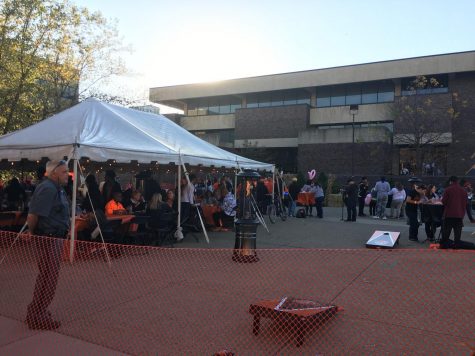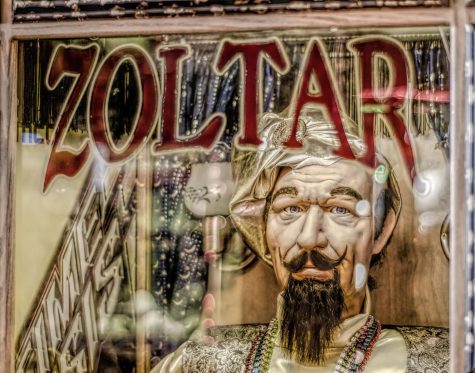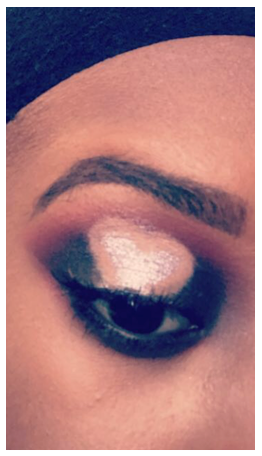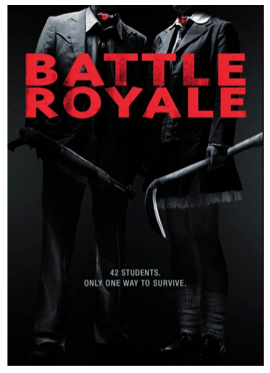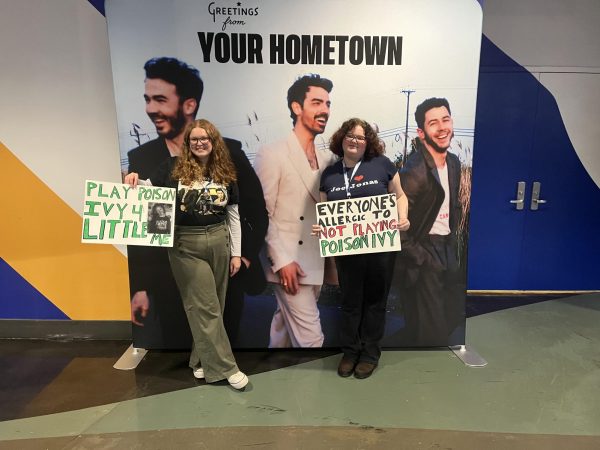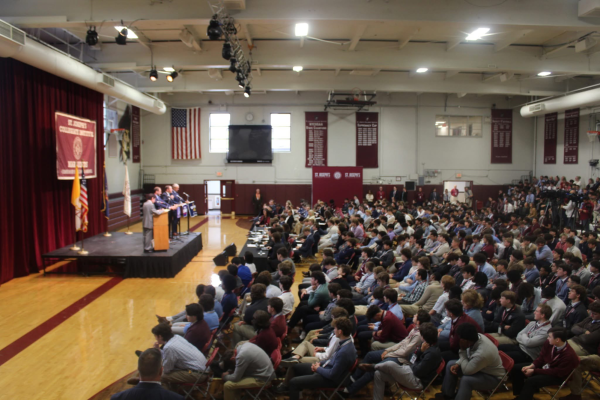If you gave Kitty Genovese a smartphone
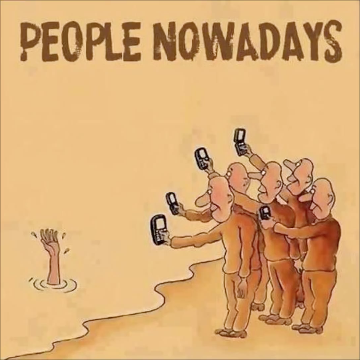
In 1964, Kitty Genovese was a young woman who was coming home from her job when she was brutally murdered. Even though she was able to fight off her attacker several times prior, she was unable to muster the strength to defend herself a final time. The perpetrator was caught and sentenced to death, though it was eventually reduced to life in prison.
However, this entire situation could have been avoided.
According to an investigation done by The New York Times, at least 38 people saw the incident happen but didn’t call the police or help Genovese defend herself from the attacker. Since then this has become known as “The Bystander Effect”, and with social media, this has grown to a normal response, but in a different fashion.
Instead of attempting to stop certain actions or intervene on behalf of the party unable to act, people film the incident and post it to social media websites. Such well-known instances of this include Eric Garner being put in a choke hold by police officers in Staten Island, and last week’s mass shooting of a school in Florida.
People took to social media as a way to reach others as both a cry for help and a means for getting assistance. As many people have talked about going on social media during a crisis such as that, many people questioned how those involved in that incident were able to pull out their smartphones. People imagined that, given the circumstances, they would be frozen with fear.
However, many people realized that it must have been as described above, a means of getting other people to come help them. Though some people were possibly too shocked to move with others calling their loved ones like it was the last time they might be heard from. One question that I found myself asking after this happened was what would have happened if you gave Kitty Genovese a smartphone?
Since 38 people, weren’t willing to help her, perhaps she would have been able to help herself. After the first time Genovese was attacked, maybe she would have filmed herself being attacked to post on Snapchat, maybe she would have taken pictures of her wounds for Instagram, or typed a cry for help on Facebook.
There is an option in here that isn’t mentioned but is something that sounds logical enough to do, why not call 911? If you thought of this for the Kitty Genovese scenario, than couldn’t the same be said for all of the other instances? This is the magic of the social media bystander effect and just how it has become a part of society.
However, the new model of the bystander effect, in which the incident is put on social media, has produced a strange effect. Even though people are too late to save the person, the aftermath of that person’s demise become a part of radical changes to our society. For instance, after Eric Garner’s death via police brutality, people took to the streets to protest Garner’s as well as other police brutality related deaths like Freddie Gray and Michael Brown.
Videos and images captured from the mass shooting in Florida provide people with the ability to understand just what happened and for people to know just how horrible tragedies like this truly are. If Genovese’s death was recorded or captured for social media, could she have served as a catalyst for violence against women in New York City or would she have remained the poster child for the bystander effect? Then again, with people using social media to record these issues, are they considered bystanders?
Even though they are not reacting to the crime in progress, something get’s done about it based on the person’s death. Garner’s death was lumped together with the string of police brutality related deaths that occurred and helped to fuel the Black Lives Matter movement. Florida’s mass shooting will help to fuel the protests going on to try and get some form of gun control bill drafted and hopefully enacted into law.
All in all, this is somewhat of a moral dilemma in that people are sticking to the sidelines, at the same time though, precautions are being made so that deaths or tragedies such as those don’t happen again. Being a bystander is a feeling that people embrace so they can avoid getting involved in something that could cost them dearly, while at the same time, more than willing to take a stand when there is little risk in protesting.
The real question boils down to whether or not it’s right that we stand by and need a catalyst to create social change, or should change happen when we see it in progress?


